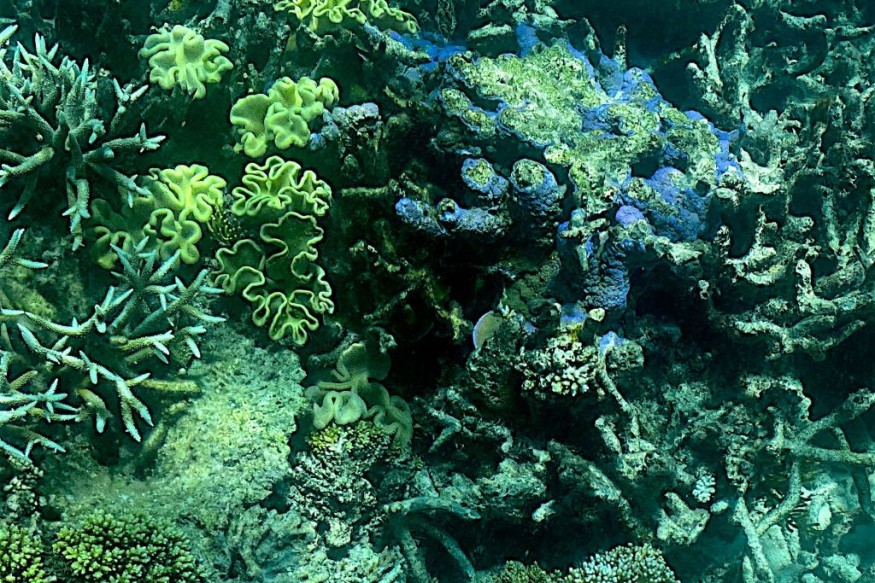
Experts said that flood plumes and heavy waves due to strong cyclones could have brought damage to the Great Barrier Reef.
These bad weather systems include December's Cyclone Jasper and last week's Cyclone Kirrily, which have seen river catchments push out vast quantities of freshwater laden with sediments and nutrients.
Strong Winds Breaking Corals
These strong cyclones also whip up strong waves that can damage reefs, which can further tear up seagrass meadows that are known habitats for dugongs and turtles.
These seagrass meadows also act as nurseries for fish.
Further, freshwater can cause corals to bleach and turbid water can starve reefs and seagrass meadows of light that can promote the growth of algae. This will make it harder for corals to grow and multiply.
The Great Barrier Reef Foundation explained that these strong winds whip up very large, powerful waves and when they break over coral reefs, they can tear corals from their footing and turn large sections of the reef to rubble.
Research by the Australian Institute of Marine Science (AIMS) indicated that the cyclones could cause damage up to 1,000km away from their path.
Cyclones usually leave behind rubble beds of dead coral skeletons and rock fragments that constantly move with the tides and waves.
It is much harder for baby corals to settle and grow on unstable and moving surfaces and corals that do manage to settle can be killed as they tumble around.
This makes it harder for the Great Barrier Reef to naturally recover following a cyclone.
Over time, the rubble beds eventually stabilize with the help of natural binders like encrusting algae and sponges to form a stable platform for new corals.
However, with increased bleaching events and storms, the amount of rubble on the Great Barrier Reef is rising.
Erratic Cyclones
Meanwhile, climate change is causing higher temperatures on land and in our oceans, which is increasing the frequency and intensity of tropical storms around the world.
Experts explained that coral reefs have the ability to recover naturally from the impacts of cyclones, hurricane and typhoons, but it can take a decade or more.
They said that when tropical storms occur in quick succession, there often isn't enough time for reefs to recover before they are battered by the next one.
Scientists said that on average, about 11 tropical cyclones form within or move into the Australian region (90°-160°E) every year. Of these, around 25 percent or approximately three tropical cyclonespass within 250 km of the Great Barrier Reef Marine Park.
The Coral Sea region off the northeast coast of Australia (seaward of the GBR) is a hot spot for the formation of some of the strongest tropical cyclones to have impacted the reef.
Tropical cyclones that form in the Gulf of Carpentaria may also track towards the reef; but they generally weaken substantially as they approach the GBR because they must cross land to do so.
Tropical cyclones that develop and track within the GBR region and greater Coral Sea are notoriously erratic in terms of their movement, sometimes completing several loops before either making landfall or moving further out towards the sea
© 2025 NatureWorldNews.com All rights reserved. Do not reproduce without permission.





